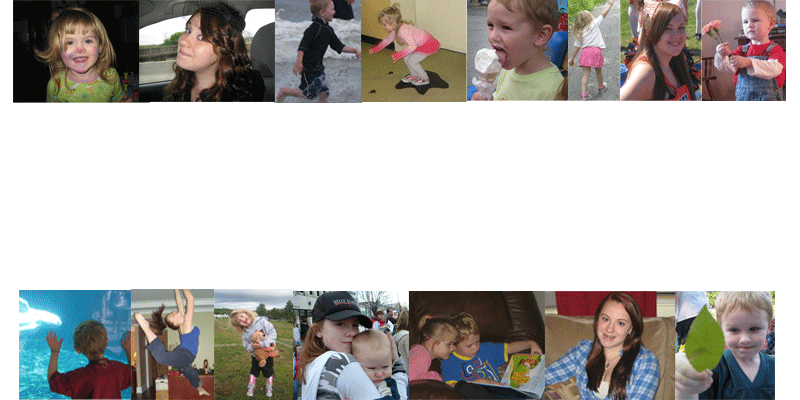Edison robots are inexpensive, Lego compatible, programmable robots. After reading a variety of reviews, I decided to go with Edison because they had mainly positive reviews (although not a ton at all since they are relatively new and Australian), were inexpensive (important since I needed at least 6 of them), and because they would work with Amazon Fire tables (also fairly inexpensive). Many of the other programmable robots needed either IPads or laptops for full functionality. I also wanted something that wouldn't be too simple for the kids in my group, many of which were already into electronics and coding.
The company provides multiple booklets of lesson plans that can be used with Edison. We started with activities that involved programming Edison using barcodes. There were barcodes for obstacle detection, following lines, following a flashlight, staying within borders, robot wrestling, and controlling with a remote control.
We didn't try the flashlight because our room would be too bright and I didn't want the kids stumbling around in the dark. We did experience some difficulty when we had multiple remote controls going at the same time. I would definitely recommend only having one or two remotes, and separating the robots during programming.
The kids had the most fun with the line tracking (using black electrical tape and some print-offs from the website) and robot wrestling.
Our second meeting we used the free drag-and-drop programming software called EdWare. At least some of the kids did. Many of them continued to play with the barcodes and remote controls, and had a lot of fun with that.
The company provides lessons that will take kids step-by-step through how the different icons work, including a downloadable test program. While EdWare wasn't very complicated, I think it's probably best for kids over 8 or 9 years old who are already familiar with using tablets.
We definitely could have used more time to work with the program. Our meetings run about an hour of activity time and that wasn't really long enough for the kids to get into the software.
Edison also has Python based software called EdPy to help kids learn text-based programming. We did not try this out at all (lesson plans are not yet available but should be by June) but I feel like this gives Edison a longer useful lifespan than many of the robots that don't go past simple drag-and-drop software.
I purchased our Edisons through the manufacturer at the link above. I had a few questions about the EdPy software, about the issues we had with remote controls, and trouble I had testing them out at home (turns out using them directly in a beam of bright sunlight messed up the sensors). I was able to post questions through the Blog, check out the Forums and get answers for my questions fairly quickly.
There were a couple times one of our Edisons was acting funky (could have been the remote problem) and we popped out the batteries to reset it. The other issue I ran into was in printing the materials. The company is in Australia (shipping was free) so all documents were A5 size and I had to make sure to switch to Letter size when printing.
The other robots I looked into:
Dot & Dash - I was actually teaching an afterschool enrichment class using Dot & Dash when I was researching robots. This is one of the ones I thought would be too simple for the kids in my group. Looking at Amazon reviews, D&D are not fully compatible with many tablets except newer generation IPads, which would add to the already expensive $125 price tag. That's just for Dash. To really get much out of these robots, you would need to purchase Dot and an accessory pack (available in a package with Dash for $249).
Ozobots - I'm currently teaching an afterschool enrichment class using Ozobots, but I wasn't yet teaching it when I was looking to purchase robots. Main negative reviews I saw mentioned needing frequent calibration and difficulty in drawing the lines and codes it can track. I am finding this issue to be true in my class. The lines need to be a certain width and the colored blocks for codes can't be too large or too small or uneven, etc. I also don't think they would work well on screens smaller than a 9" tablet. The apps involved "drawing" lines on screen for Ozo to follow but corners and curves can't be too tight so a smaller screen would definitely limit what could be done. Ozobots are $54.99 each so the price isn't awful. The more expensive Ozobot Evo for $99.99 can be programmed with an Android or iOS phone.
Lego Mindstorms - really high start-up costs




























